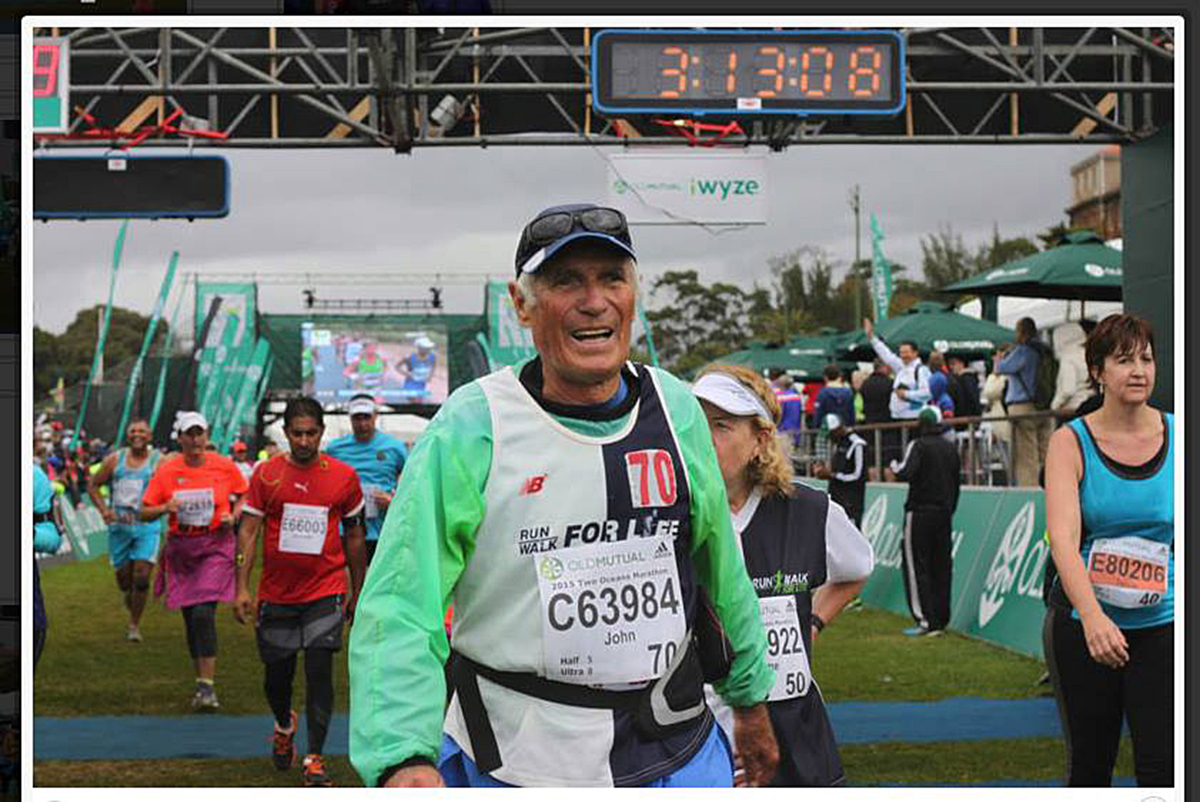Table of Contents
According to the RWFL model, aerobic walking will increase fitness measurably if walkers participate in three sessions every week. Everyone starts out slowly for a short period of time, increasing session from about 20 minutes to about an hour, depending largely on speed.

Ideally the aim is to walk at 60 to 90 percent of maximum heart rate, which is, in turn, based on age. So if you are 40 years old, you can determine your maximum heart rate by deducting your age from 220 (=180); then to work out what your heart rate should be to exercise at 80 percent, all it takes is a simple calculation: 180 x 0.8 = 144. This means that you should be exercising at around 144 beats per minute. To ensure you keep to a reasonably ideal heart rate, it’s important (at least early on) to measure your pulse frequently. If it’s too high you can slow your pace down; if you aren’t achieving your ideal heart rate, then you’ll need to put more effort into speeding up, and walking faster.
My Own Aerobic Walking Experience
If it can work for me, it can work for most other people because I have never been athletic in any form, and have never managed to stick to an exercise regime.
I was never much good at sport while at school, though we were forced to participate in tennis, hockey, netball and swimming. Gym was also compulsory, but I couldn’t climb the ropes or vault the horse, so the gym mistress gave up trying. Athletics (as in running and hurdles) was also a must, and I usually came last. Since then I’ve enrolled with gyms about three times and never followed through. In my 30s and then again when I turned 40 I tried straightforward “aerobics” but was so uncoordinated and essentially uninspired that I gave it up with a little encouragement from unimpressed instructors.
Following the RWFL protocol, I walked my first walk around a local baseball field, completing 1.2 km in 17.5 minutes (which equated to a walking pace of 14.6 minutes per km). Within a month I had doubled the distance – which wasn’t remarkable – but had achieved a half-decent pace of 9.6 minutes per km. Two months later my pace was consistently much the same, but I was over the 5 km barrier. My first road race was a 5 km and I completed that in just less than 8 minutes per km. I hadn’t bothered to weigh myself because my goals were purely health and fitness orientated. Just less than six months after I signed up I completed by first 10 km race. By now I was hooked, not just because I was accumulating medals, but more so because I felt amazing.
READ Exercise And Physical Training Terms That Simply Don't Make Sense Anymore
Since then I have completed another nine or ten 10 km races, one 15 km, and two half marathons — both in just under three hours —including the prestigious Two Oceans Marathon (see photograph of walkers finishing above). I’ve dropped about six kilograms without dieting and dropped a clothing size. There have been ups and downs along the way, but ultimately there is one form of exercise that has me hooked – aerobic walking.
- http://www.sciencedaily.com/releases/2015/06/150610190939.htm https://news.brown.edu/articles/2015/07/cardio http://www.ncbi.nlm.nih.gov/pubmed/26089890 http://www.rwfl.co.za/ http://www.uberwalker.com/aerobic-walking/ Photo courtesy of RWFL Edenvale (am) via Facebook https://www.facebook.com/edenvaleam/photos/pb.386824258144102.-2207520000.1441630784./387259358100592/?type=3&theater Two Oceans Marathon 2015 photo courtesy of Runner’s World http://www.runnersworld.com
- Photo courtesy of
- Important notification about information and brand names http://www.steadyhealth.com/polices/terms-of-use#copyright


Your thoughts on this